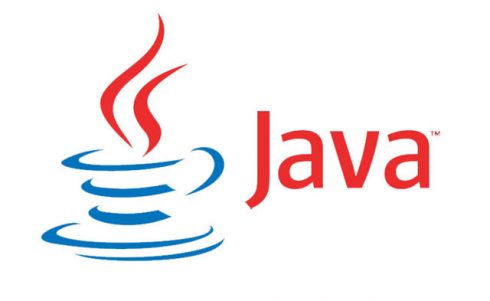
Oracle has released Java 11, its second major Java release of 2018. This release is also a Long Term Support (LTS) release, which means that Oracle will provide security and bug-fixing updates for it until at least 2026. The release removes several features that were available in previous releases, but also adds several new ones.
RELATED CONTENT: Java 11 delivers high-quality features at speed
This release completely removes the deployment stack, which was required for Applets and Web Start Applications. As a result, the list of supported browsers was removed from the list of supported configurations of Java 11.
It also removes the auto-update features, which was previously available for JRE installations on Windows and macOS. In addition, the JRE or Server JRE are no longer offered. Now only the JDK is offered and users can use ‘jlink’ to setup smaller runtimes.
Another change in this release is that JavaFX is now available as a separate download, rather than being included in the JDK. JavaFX 11 was made available last week in advance of this release. Java Mission Control is no longer included in the JDK either and is also available to download separately.
The release also removes several language translations that were available in previous versions, such as French, German, Italian, Korean, Portuguese, Spanish, and Swedish.
Though a lot of things were removed in preparation for this release, Oracle added in several new features as well.
Java 11 supports Unicode 10, adding 16,018 new characters, including 19 additions for the 4K TV standard, Bitcoin sign, and 128 emoji characters, Oracle said.
The HTTP client API has been standardized in this release, and the previously incubating API has been removed from the JDK. Code that uses types from that package will need to be update to import the HTTP types from the new standard package name, java.net.http.
There is a new collection method that allows a collection’s elements to be transferred to a newly created array of a desired runtime type, Oracle explained.
It also added a new command line flag which will enable developers to dynamically control compiler threads.
For a complete list of features, visit the Java 11 release notes page.
Find more resources in our SD Times Java Channel.






